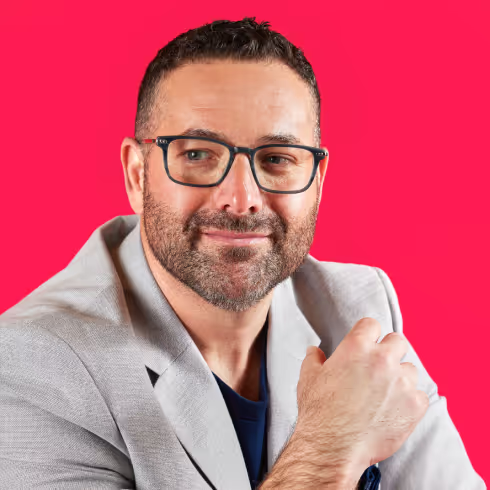Sherlocking your tech strategy: How to phase out friction to build and maintain momentum


Change is an unrelenting constant for all of us, but especially for technology leaders. It can feel like you’re in a perpetual state of transformation, which is about as fun as trying to trudge through quicksand. Want to stay competitive? You better be able to adapt quickly. But how do you stay agile amidst disruption, not just quickly, but also smoothly?
This week on Catalyst, Clinton is joined by Frictionless Enterprise author Nate Berent-Spillson to discuss strategies for overcoming structural friction and maintaining momentum. Check out the highlights below, then dive into the full episode to get even more actionable advice.
Embrace it
What’s the saying… A rolling stone gathers no moss? Stagnation and an excessive focus on the status quo can lead to a whole lot of moss. Leverage technology, adapt to change, continuously innovate, and keep rolling to remain competitive.
Follow the pyramid
Nate has developed a pyramid model, where the base layer focuses on infrastructure and software delivery, the middle layer addresses common industry problems, and the top layer aims at achieving sustained innovation and differentiation in the market. Explore the interactive pyramid on this Frictionless Enterprise page.
Stop solving solved problems
You don’t have to build everything from scratch. Buy existing tech solutions so you don’t go down the rabbit hole of solving common industry problems that have already been solved.
Beware of operator error
Struggling with implementation? It's likely not the tool, but rather, the decisions and how deeply they become ingrained in the organization that can lead to challenges.
Focus on business outcomes
Technology should be your enabler; resist the urge to get mired in the technical details. It's all about achieving business outcomes, not just the tools and processes themselves.
Adopt a platform mentality
The pyramid framework can be thought of as a platform mindset. It's about setting up the organization to rapidly build on existing capabilities, amortize technical debt, and take small, calculated risks while avoiding unnecessary baggage.
Enjoy a free digital copy of Nate’s new book - Frictionless Enterprise. And as always, don’t forget to subscribe to Catalyst wherever you get your podcasts! We drop a new episode every Tuesday, and each one is jam-packed with catalysts for digital experiences that move millions.





